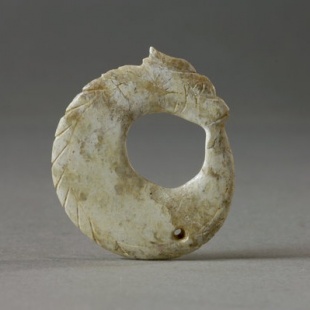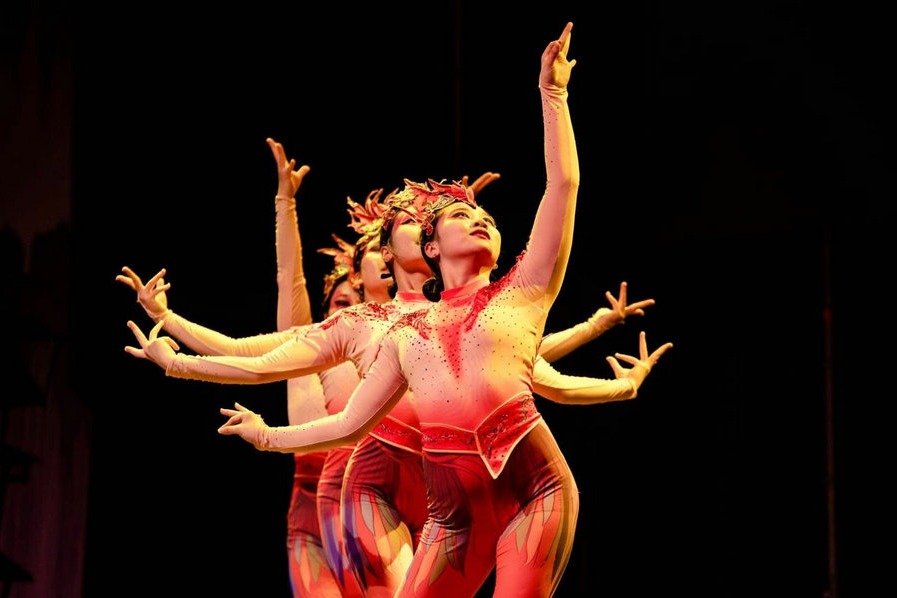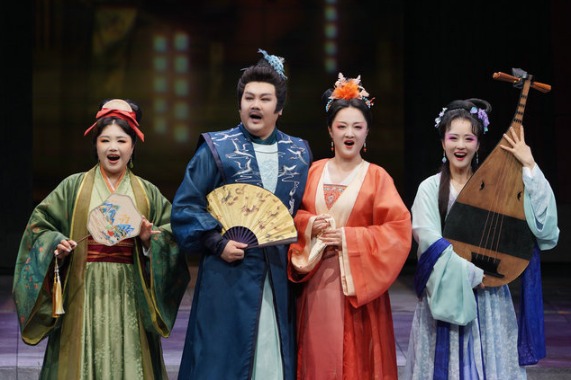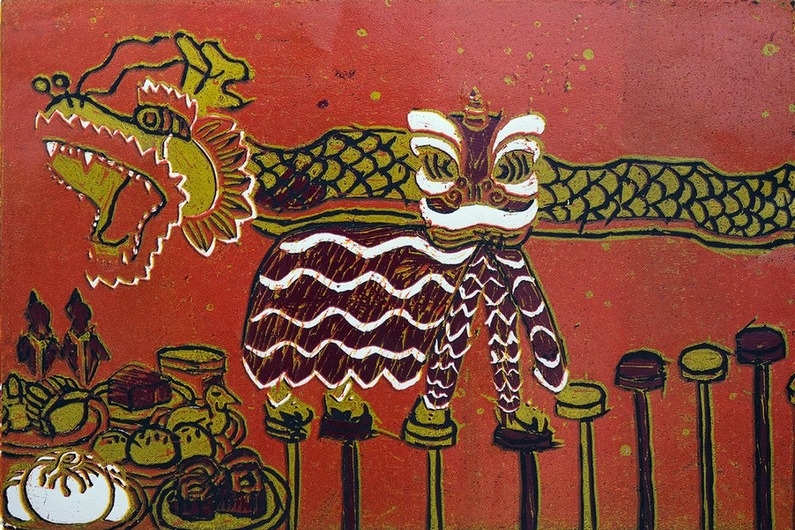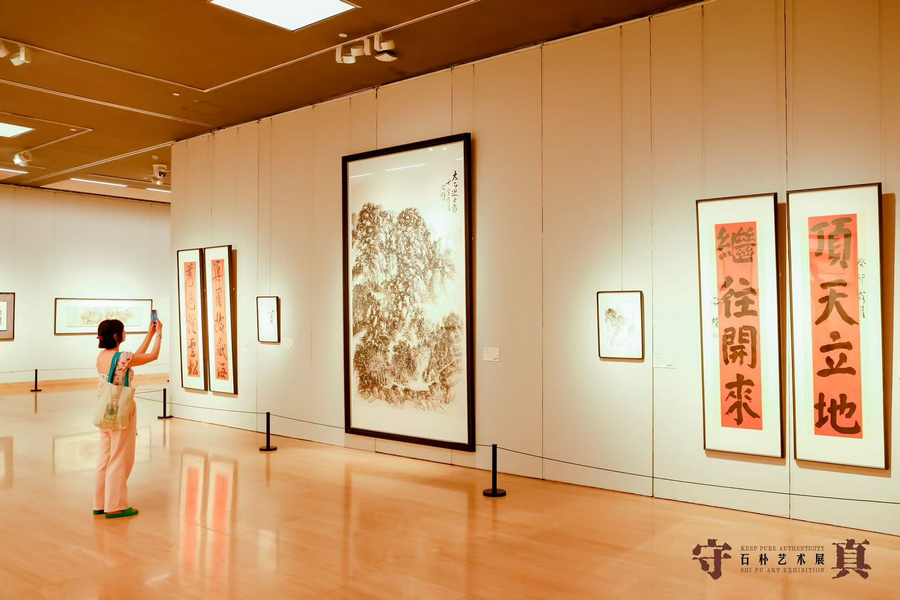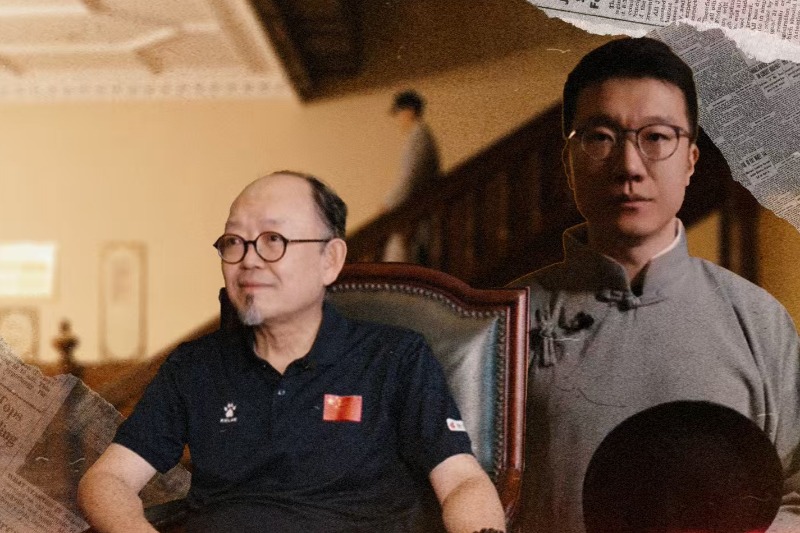New venue sets sights on Neolithic Yangtze settlement


The iconic late archaeologist Yan Wenming (1932-2024) once dubbed ancient people living near the Yangtze River as "vanguards on the path toward civilization" who, more than five millennia ago, left abundant legacies etched into China's long history.
Exquisite jades, of course, shine like oracles passing on the stories of their splendor.
Dating back 5,200 to 5,800 years, the Lingjiatan site in Hanshan county, Ma'anshan, Anhui province, a late Neolithic settlement in the lower reaches of the Yangtze, plays a pivotal role in researching earlystage Chinese civilization.
Since its discovery in 1985, archaeological research and preservation efforts at the Lingjiatan site have made substantial progress.
The unearthed relics have now found a new home where they can be admired by the public. The Lingjiatan Site Museum opened on Friday at the archaeological ruins after being under construction for two years.
The newly opened museum covers an exhibition area of approximately 4,000 square meters and showcases nearly 1,100 artifacts, such as pottery, jade objects, stone tools and bone artifacts.
"This marks the first-ever comprehensive showcase of Lingjiatan relics, notable not only for the large number but also for their diversity," says Wu Weihong, an archaeology professor at the University of Science and Technology of China and the museum's main exhibition curator.
Among the highlighted relics on display are a double-sided circular jade dragon, a jade eagle adorned with octagonal patterns, vivid jade figures, ritualistic jade turtles, tablets and pig statues, newly excavated dragon-headed jade artifacts, and the largest-known prehistoric Chinese stone axe whose variety was known as yue.
More than 100 artifacts are on display for the first time, offering visitors a firsthand experience of the Lingjiatan site's profound historical significance in tracing origins, formation and the early development of Chinese civilization.
Wu notes that a highlight of the exhibition is the integrated display of the set of artifacts unearthed from tomb 07M23 ("royal tomb"), with more than 300 objects found in the resting place of a probable chief priest.
"The display incorporates dynamic presentations with in-depth ritual research to vividly re-create the burial customs of that period," he says.
"By combining findings through systematic research, the exhibition offers a holistic, immersive reconstruction of ancient social life, unveiling the authentic realities of prehistoric human history."
Wu worked as the lead archaeologist during excavations at the Lingjiatan site, but now focuses on his work at the university. However, he says research on the site in recent years has been fruitful.
Two layers of moats used as a defensive system were discovered. Archaeologists also excavated the ruins of a massive public building covering over 3,000 square meters and a site used for burning sacrifices, which are key indicators of the Lingjiatan people's lives.
Wu explains: "From a cultural development perspective, the middle to late phases of Lingjiatan culture marked a pivotal era characterized by social complexity, establishing sophisticated ceremonial systems and pioneering jade craftsmanship.
"Its relatively intricate social structure remained incomplete. For example, we haven't seen rigid hierarchical social classes through studying the tombs.
"But it undeniably positioned Lingjiatan as a vanguard of civilization in its time."
The museum aims to serve as a crucial platform for showcasing archaeological research outcomes and elevating the construction standards of the Lingjiatan National Archaeological Park, says Zhang Ling, deputy director of the archaeology department at the National Cultural Heritage Administration.
"Lingjiatan is a crucial site for showcasing the cultural roots along the Yangtze River," Zhang says.
"Our ancestors created it, and it has persisted through the ages. To this day, Lingjiatan maintains its idyllic pastoral scenery, crisscrossing paths amid undulating waves of rice fields."
She adds that the development of rural tourism and programs for educational research trips will be planned now that the museum is open.
"The site is a vital gateway for inheriting and promoting the rich, traditional Chinese culture," she says.
"It will teach the public how agrarian cultures have evolved and prospered along the Yangtze since the Lingjiatan era, and serve as a reference for maintaining harmony between humans and nature."


